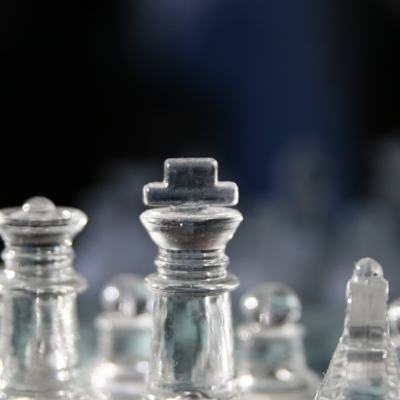Why Creativity Is Important To Leadership
A 2010 IBM survey conducted amongst CEOs found creativity was the most important leadership trait. No doubt the financial crisis of 2008 had influenced thinking. In 2020, it's even more the case that leaders will need to be creative to successfully navigate their business through the pandemic.
So What Essentially Is Creativity?
It's finding a solution or creating something that did not exist before. Photographers are continually looking to refresh a scene, a genre, or themselves through reinvention. On location, that specifically will mean solving a visual problem in the form of lighting, composition, or subject placement. In all cases, it requires a 360-degree view in shaping the subject. In leadership, it's also crucial to see and analyze something from every angle.
Hard And Soft Skills
Creativity in its most successful forms involves both the use of hard- and soft- skills thinking. Completeness of creative thinking needs the soft, imaginative end of the spectrum, casting the widest net in evaluating and exploring an idea. This is based around producing content and developing subject richness. Whilst at the hard end, precision involving technique and consistency is required to realize it. Effective leadership, like good photography, requires the excellent implementation of both hard and soft skills at the right times.
Photography's Use Of Hard And Soft Skills
There are key ones which I think are pertinent to photography. In soft-skilled thinking, the following reflects an interpretative and open response to subjects; play, diffuse ambiguity, and metaphor, which draws on influences of art, folklore, and literature. We can see this evident in the high-quality imagery of Edward Weston [1], Man Ray, or Sebastian Salgado. Photographic use of hard-thinking skills centers on precision, focus, and consistency in implementing the final choices from the soft phase. This is evident in the style of top photographers and their ability to continually produce technically good images. If we look at a typical photographic workflow from the shoot to post-production, both areas require frequent and interchangeable use of both soft and hard skills. Perhaps the ideal photographer should possess the imaginative mind of Salvador Dali and the diligence of a coding programmer.

Parallels Between Photography And Leadership
Soft and hard skills run across the entire creative spectrum but we can map across from photography to leadership in more specific ways. Looking at photojournalism, for example, values such as empathy and message through perspective are central tenets for a photographer—how the photographer represents and portrays subjects. In leadership, fully understanding the position of a client or team member is invaluable. Similarly, we can view framing as another metric for which we can make decisions about how the photographer has chosen to direct our reading of a photo. In leadership, the ability to convey the essence of an idea is essential. Here are 3 other typical photographic conditions that can be used for thinking about effective leadership.
- Seeing the unseen
The act of looking at what’s in front of you rather than conjuring up an image template in your mind and trying to impose that on the scene. This is really about why photography is great. It allows you to engage in the moment to enjoy seeing the world around you and exploring it intently. - The scene dissipates
Our perfect composition based on subjects being in alignment is no longer there. In our mind’s eye, we created perfection and it was denied to us, short of an extra moment to compose or for a man on a bicycle to enter from the right. How do we react? - It’s not working so switch lenses
If the complex and chaotic is over demanding on occasions, then the most simple and efficient way of changing your way of framing is to switch your focal length from wide-angle to telephoto or vice versa.
Exercises To Develop Creativity
When thinking about how to encourage creative approaches to subjects and scenes, it's important to point these back to a specific soft or hard skill. Also within that skill, directing the user toward the full use of the medium with its range of visual styles as well as photography's transformative powers. Across a set of exercises, a portfolio of strategies emerges which shows the user how subjects can be photographed in different ways. All of which can be delivered through an eLearning course.
I hope this article has stimulated thinking about how each of us conducts our daily tasks and if indeed, we could approach these better. If you have any specific questions, do leave a comment.








